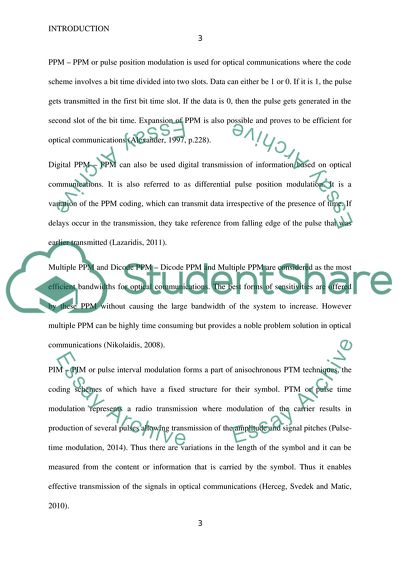Cite this document
(“Introduction Essay Example | Topics and Well Written Essays - 1000 words - 2”, n.d.)
Retrieved from https://studentshare.org/engineering-and-construction/1658404-introduction
Retrieved from https://studentshare.org/engineering-and-construction/1658404-introduction
(Introduction Essay Example | Topics and Well Written Essays - 1000 Words - 2)
https://studentshare.org/engineering-and-construction/1658404-introduction.
https://studentshare.org/engineering-and-construction/1658404-introduction.
“Introduction Essay Example | Topics and Well Written Essays - 1000 Words - 2”, n.d. https://studentshare.org/engineering-and-construction/1658404-introduction.


